Due to time constraints, we had a small window to visit the ABCs. so we had to choose between Aruba, Bonaire, or Curaçao. No surprise, given the title of this post, we chose Bonaire.
We are so happy we did! There is a lot to love about this charming little Dutch island. Here are the things we did during our far-too-short 48 hours there and what we would recommend to others doing the same.
1. Scuba Diving
Bonaire is often referred to as a diver’s paradise, and for good reason. The island boasts over 85 dive sites!
We arranged a two-tank guided dive through Dive Friends. Our first dive was a “house dive” at their Hamlet Oasis location, and our second was at the Andrea II site. Both were shore entries.
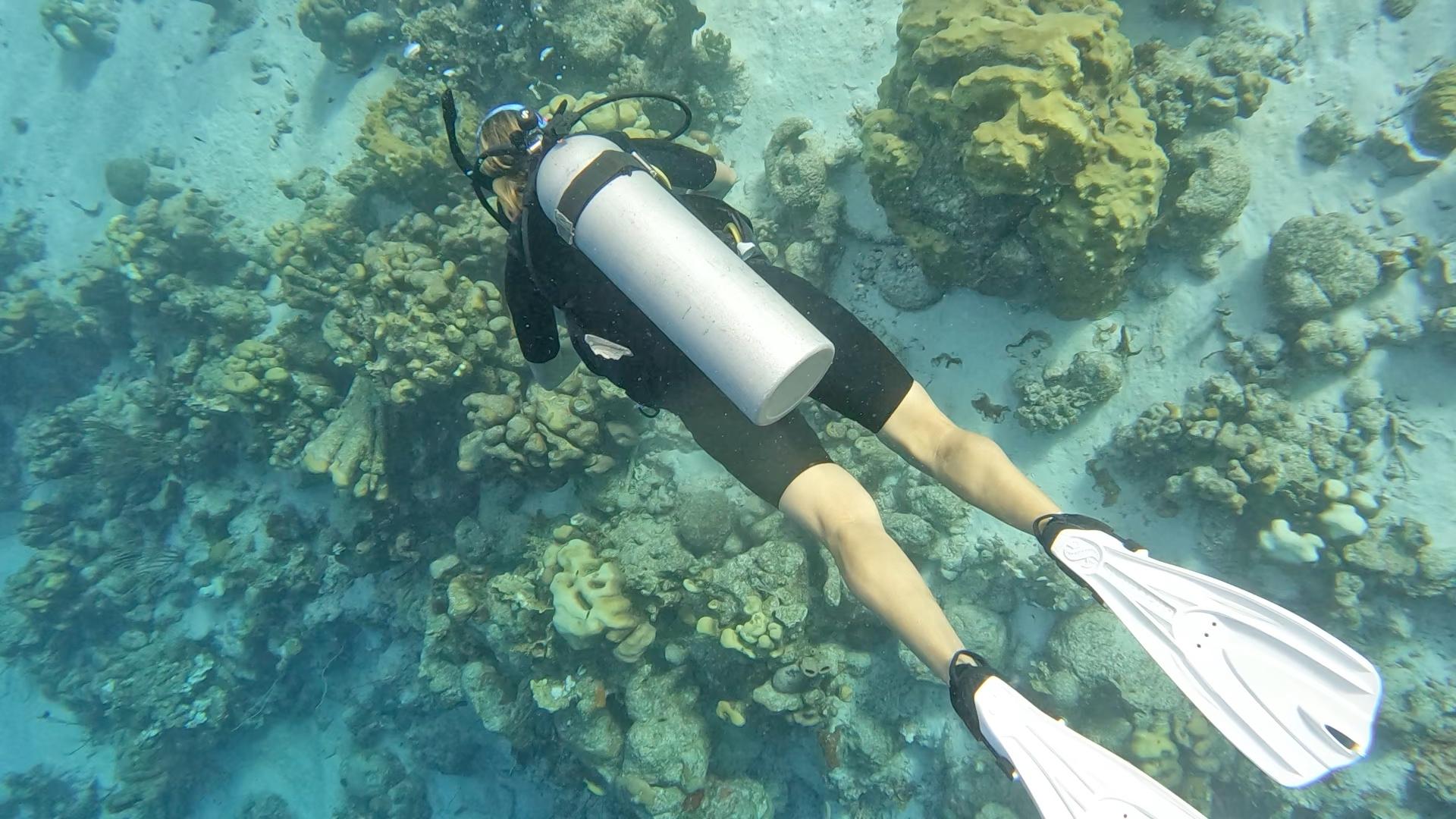
While we didn’t see anything extraordinary that day, like we did in Grenada, it was a great day of diving, and the underwater scenery was beautiful.
2. Island Tour on a Twizy
We arranged an island tour with Roadrunner Island Tours, and we can’t recommend this tour operator enough!
The owner, Hans, picked us up and brought us to his lovely home, where the Twizies are stored. While there, we even got to meet his sweet family. And then we were off!
First of all, the Twizies are fun—I mean really fun. We would have been happy just zipping around on them all day, especially given the fact that Hans took us to a remote trail and let ‘er rip! (Those Germans sure know how to have fun behind the wheel, and both Roy [who was driving his own Twizy] and I had a blast.)

But the tour wasn’t just about Twizies. We also got to see some of the island’s major sights.
1000 Steps Beach
Despite its name, the beach only requires a short descent of about 67 steps to reach the soft, white coral sand below. The beach was beautiful, and we got to spend a bit of time soaking in the views.

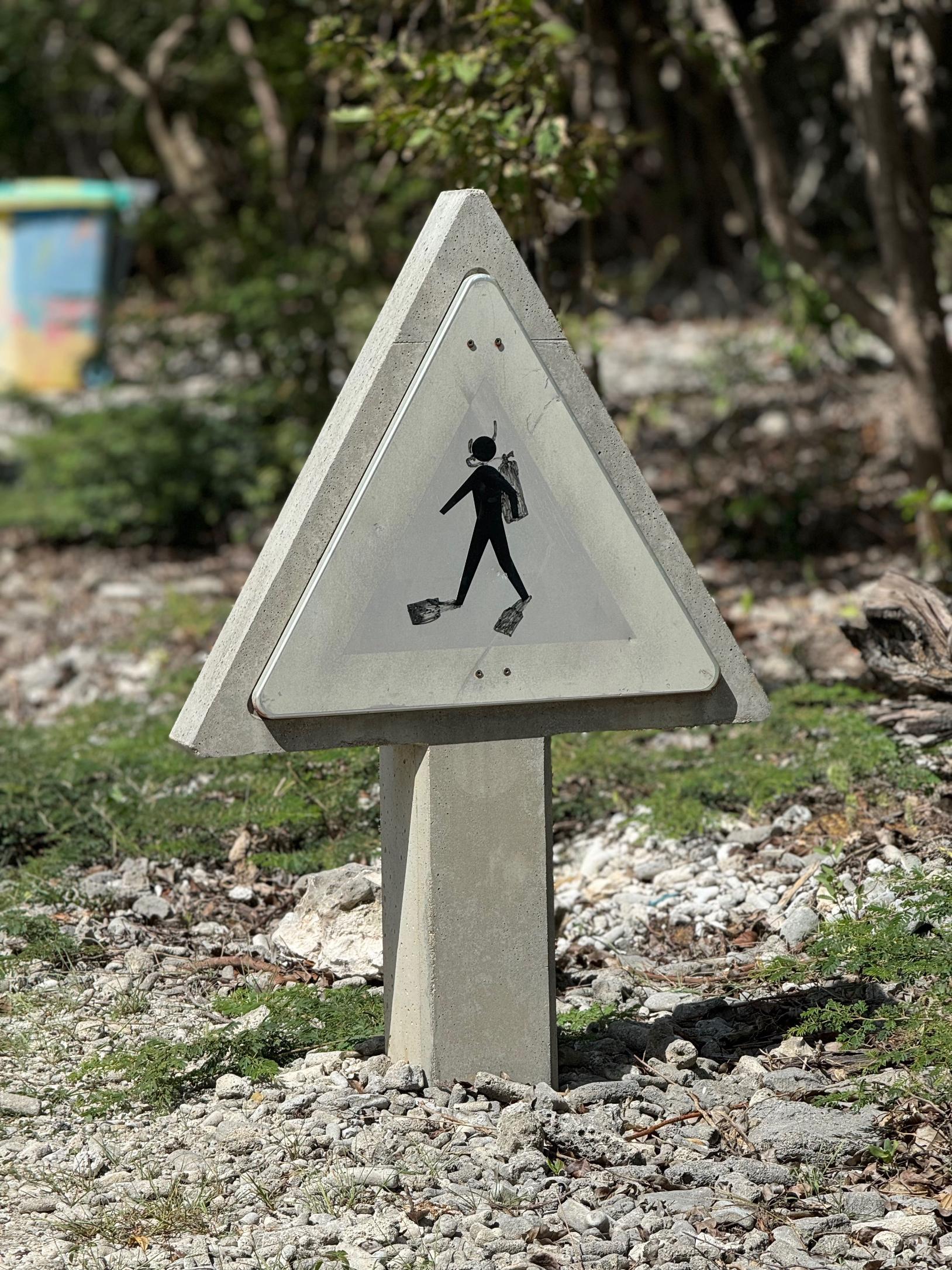
The Flamingo Sanctuary
A protected haven for one of the Caribbean’s most stunning bird species, the American flamingo, the flamingo sanctuary on Bonaire is one of only a few breeding grounds in the region. We were able to see them at both the Pekelmeer Flamingo Sanctuary and at Gotomeer.
Access to the ponds is restricted to protect the birds, but we were able to observe them from the road, which was close enough. It was especially fun seeing them fly!

Iguana and Goat Soup at Posada Para Mira
We are always up for trying new cuisines, and here was an opportunity: iguana soup. We’ve seen iguanas everywhere along our travels, but we’ve never tried to eat them!
We also sampled goat soup while there. Posada Para Mira is quite a lovely restaurant with an expansive outdoor seating area and rustic decor. We would definitely return, given the chance.

A Tour of the Cadushy Distillery
OK, maybe the word “tour” is a bit generous here. It was really a short explanation of the history of the distillery by one of the Cadushy Distillery employees. But we did get to sample some of the spirits and take a peek into their operations.
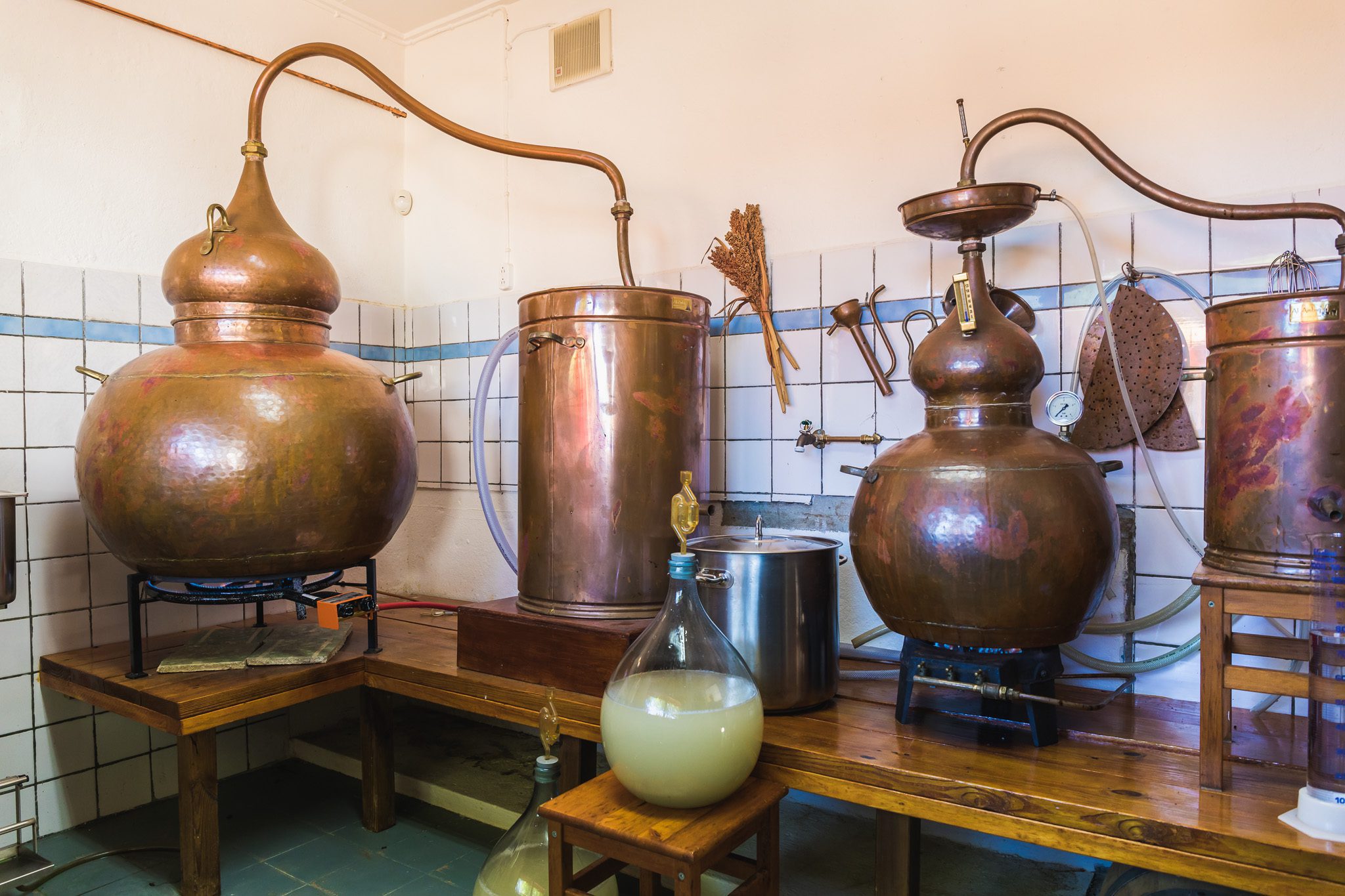
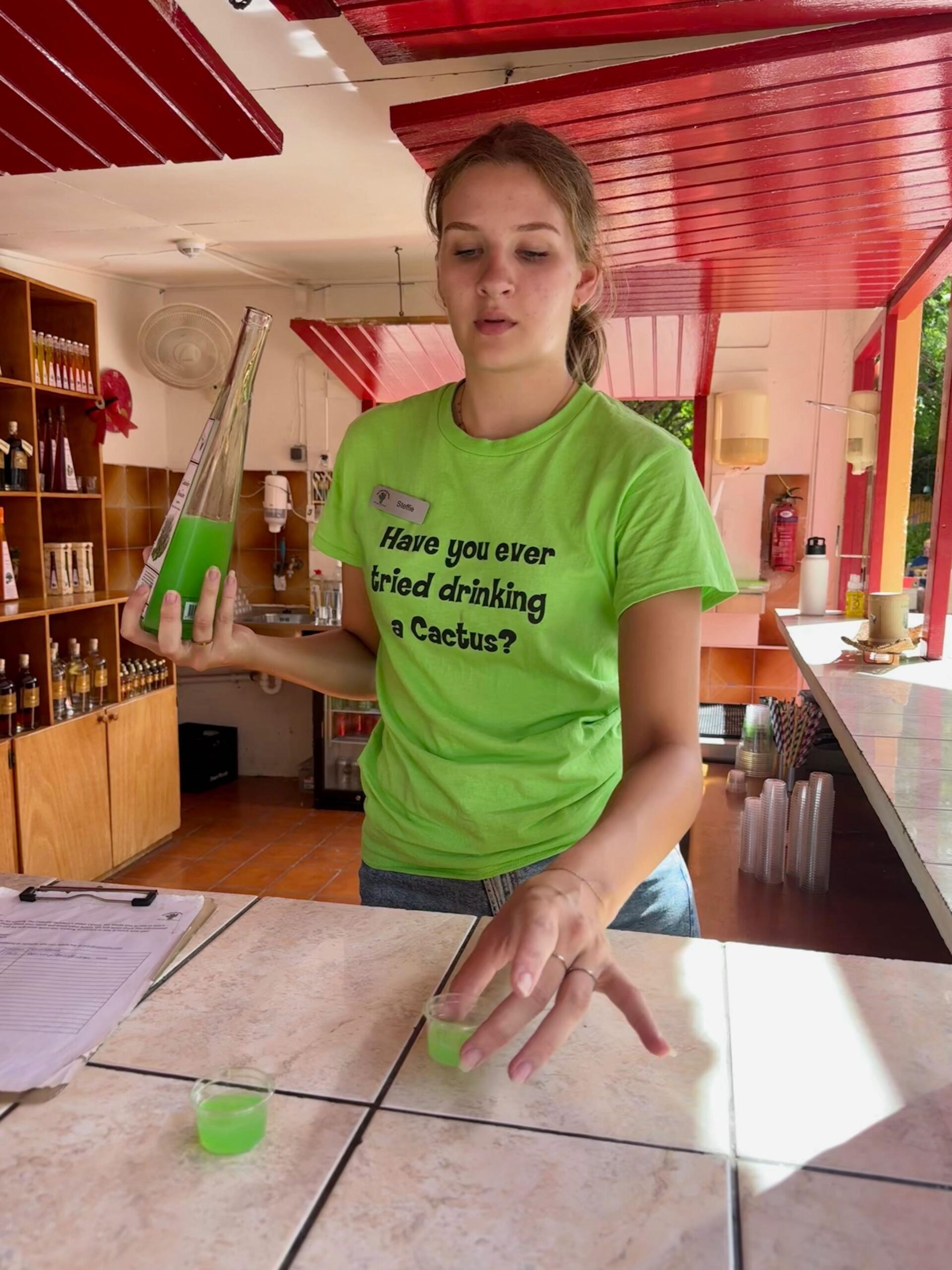
Everyone there was friendly, the spirits were delicious, and overall it was a nice stop.
The Slave Huts
The slave huts on Bonaire are small, white and ochre-colored structures that were built in the mid-19th century to house enslaved laborers working in the island’s salt pans. These huts provided minimal shelter for workers who endured harsh conditions while harvesting salt, a key export of Bonaire.
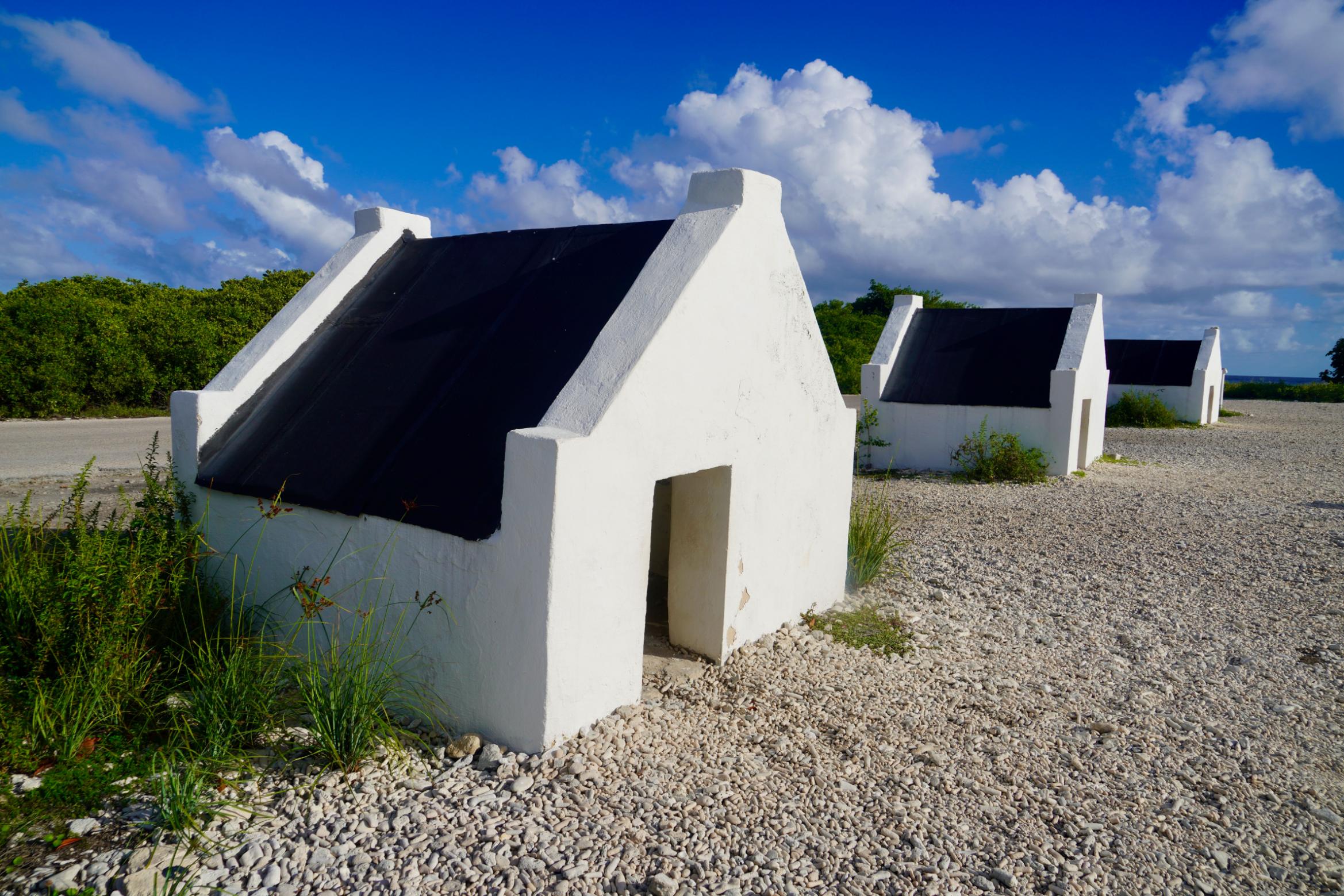
Each hut, barely large enough for a few people, symbolizes the brutal history of slavery in the Caribbean. Today, they stand as preserved monuments, offering visitors a poignant reminder of Bonaire’s past and the resilience of those who lived and toiled there under oppressive conditions. We were astounded that sometimes as many as six men slept in these small huts.
You can read more about the history of the slave huts here.
The Salt Flats
The salt flats of Bonaire, located near the island’s southern tip, have been used for salt production since the 17th century. There wasn’t a lot to see there other than the huge salt piles and the equipment used to process the salt, but it was interesting nonetheless and quite close to the slave huts.
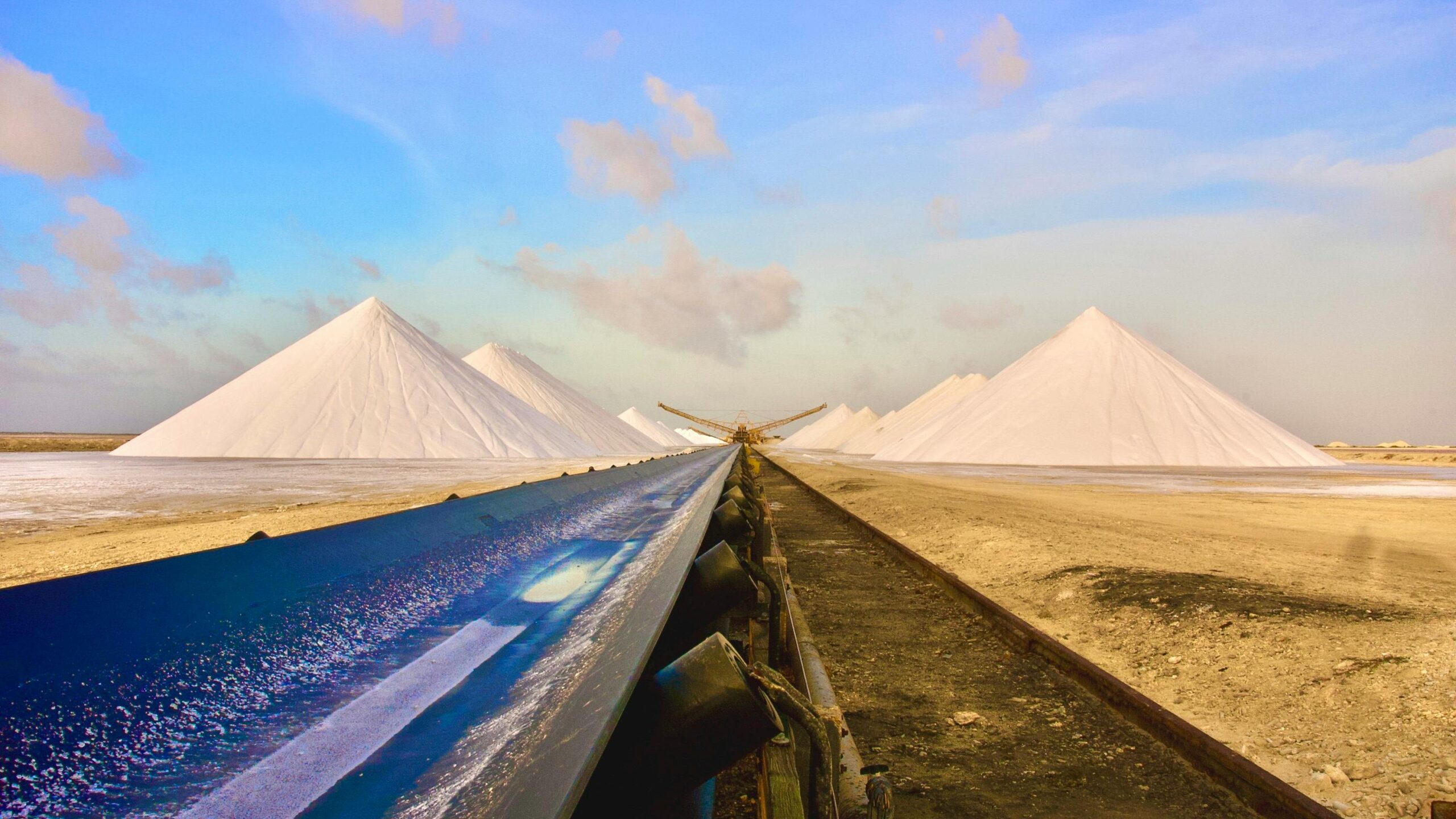
As a fun little bonus, we got to take a few samples of the salt rocks home with us.
Van Den Tweel
We had asked Hans at one point about supermarkets on the island. At the end of the day, he not only took us to one of the best supermarkets I’ve ever been to, Van Den Tweel, he even walked around with us and pointed out the locals’ favorite foods. I loaded up our cart with Gouda cheese, rusk, hagelschlag, and some other Dutch foods I have been craving. I was in Heaven.
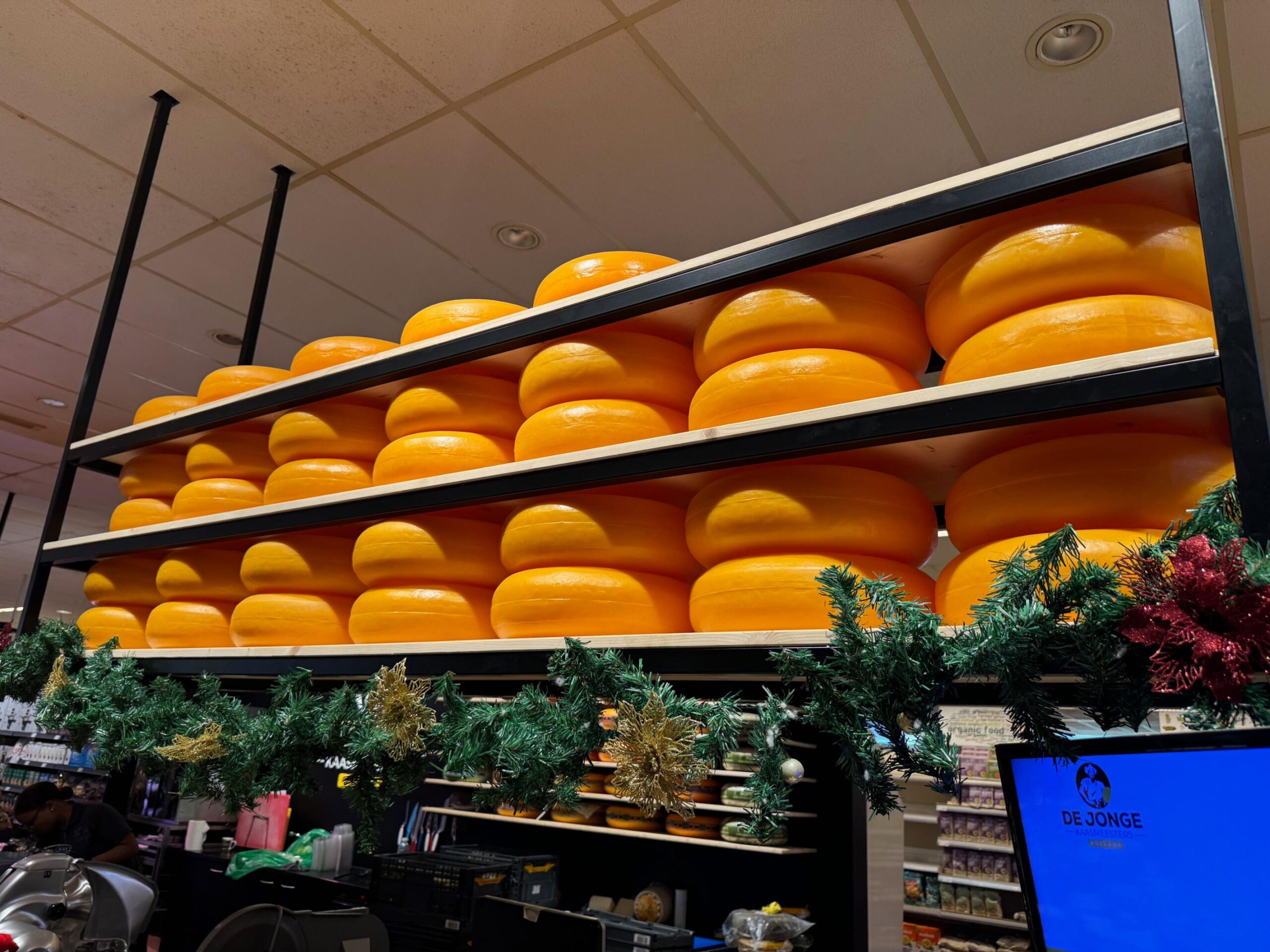
As we left, Hans suggested we try a food truck offering “chicken that tastes like ham.” It was delicious.
3. Explored Kralendijk, the Capital of Bonaire
This historic Dutch town oozes charm. We spent some time strolling along the waterfront while eating ice cream and doing some window shopping near the town center. I know it sounds cliché, but it was perfect!
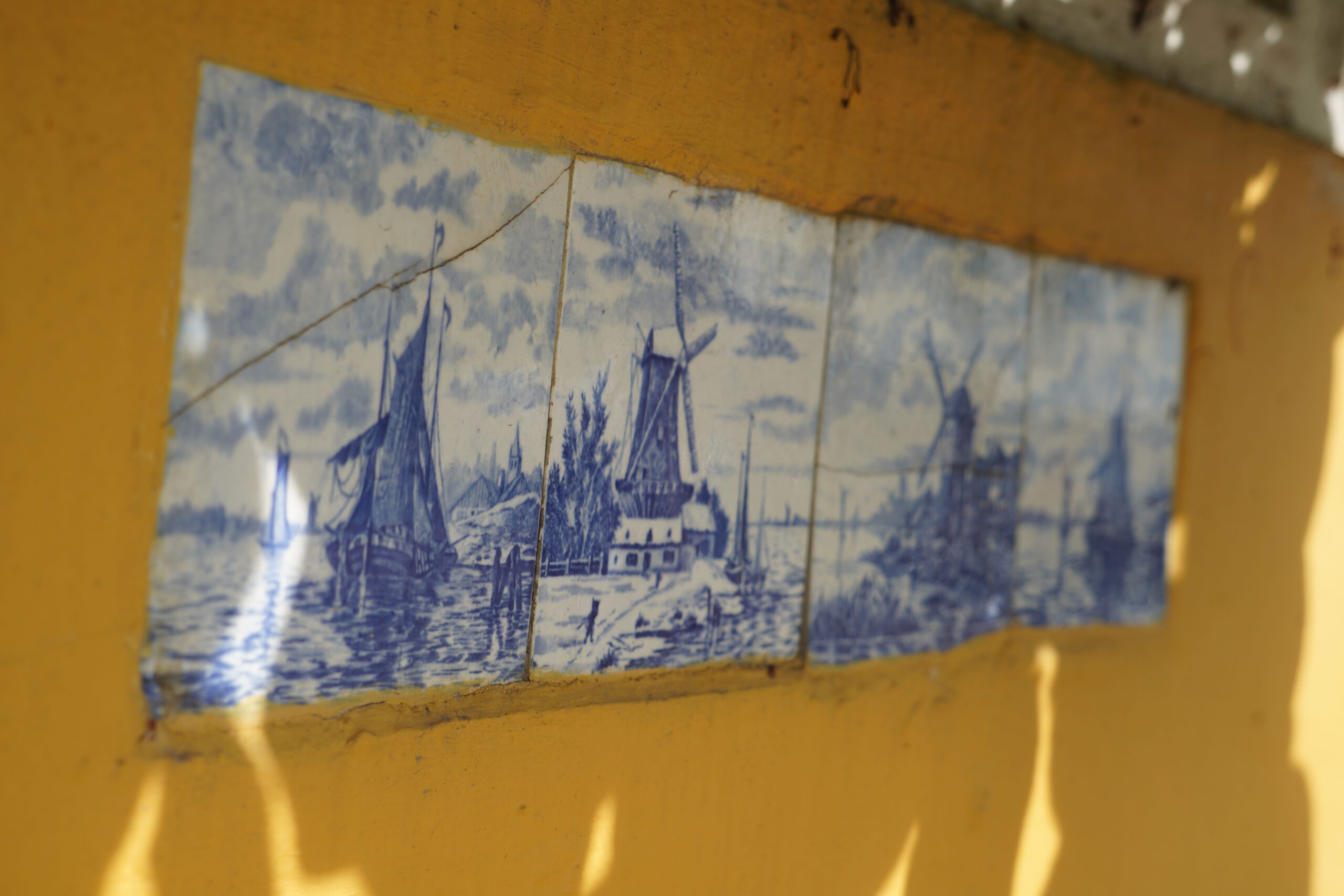

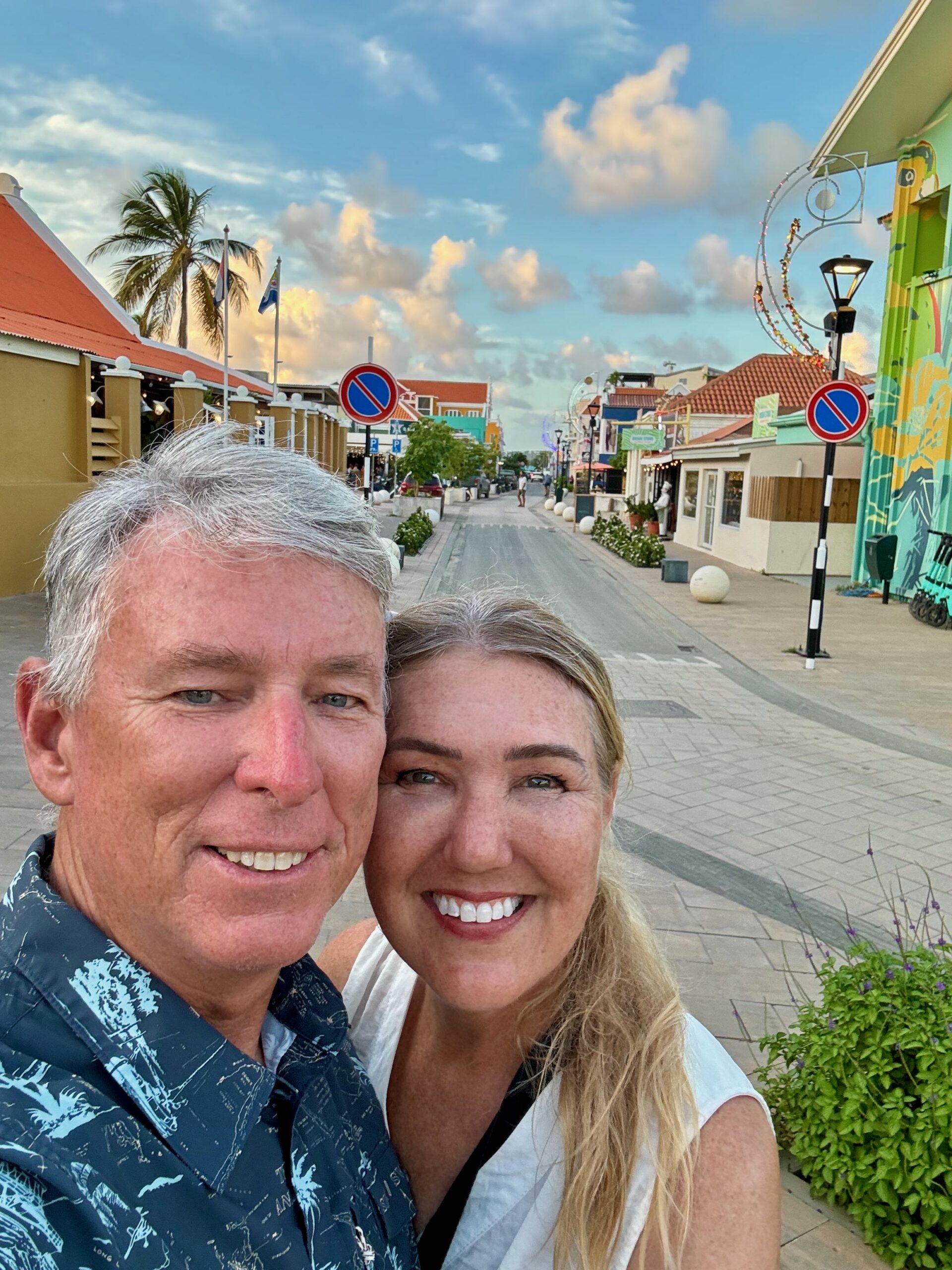
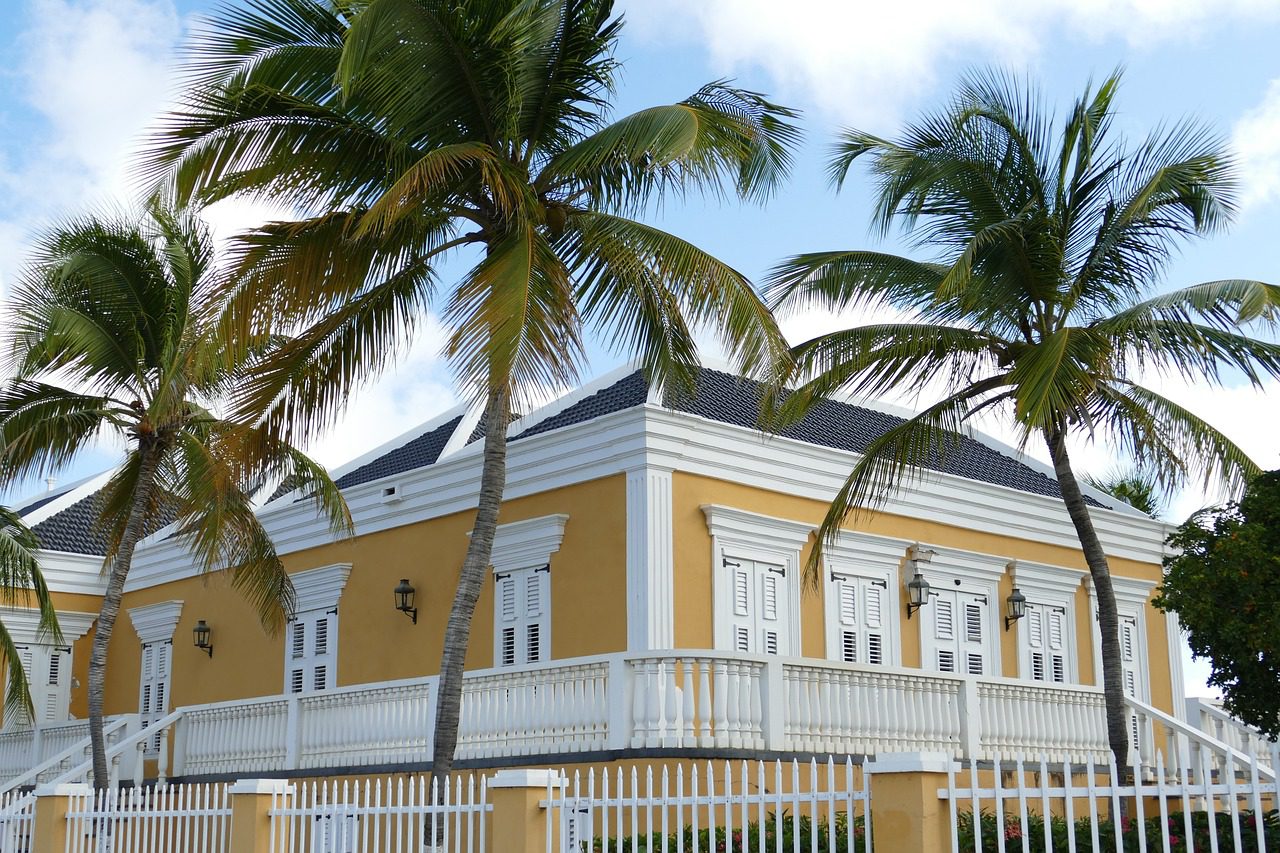
I especially loved how all the locals were speaking Dutch. Being of Dutch heritage, this was fun for me.
4. Enjoyed Local Cuisine
We ate at three restaurants while visiting Bonaire.
The first was Karel’s Beach Bar, the oldest and most unique bar and restaurant on the island. It is such a mainstay of the island that it has served the people on Bonaire for more than four generations. The food was good; the ambiance was even better.
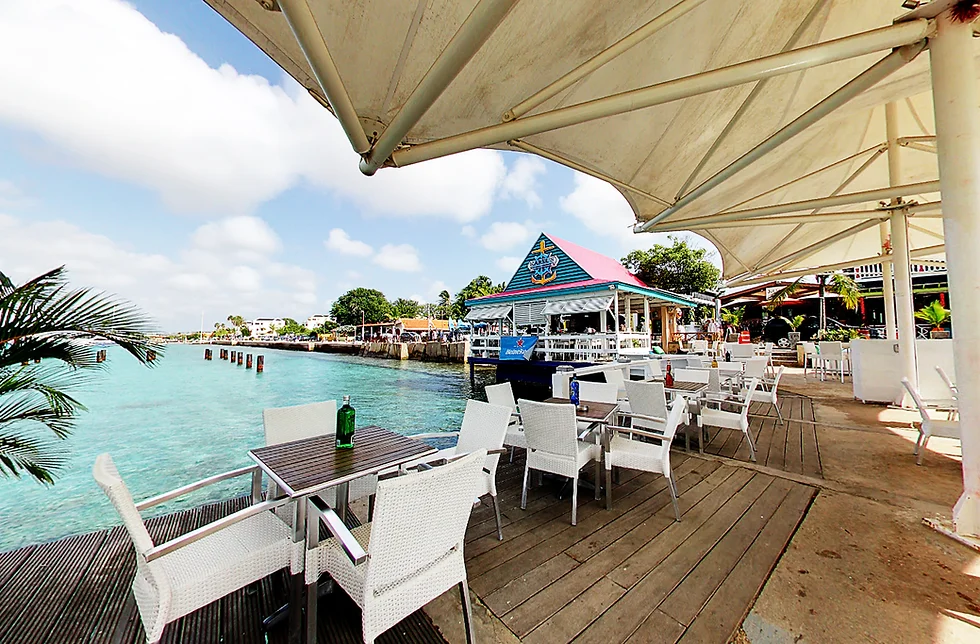
Here’s a fun fact: we love pizza so much that we try it everywhere we go. Our choice on Bonaire was a small pizzeria called Pasa Bon. It was great!

The third restaurant, actually a small cafe, was Between 2 Buns. This place is widely known for its sandwiches and it did not disappoint! Extra Gouda? Absolutely!
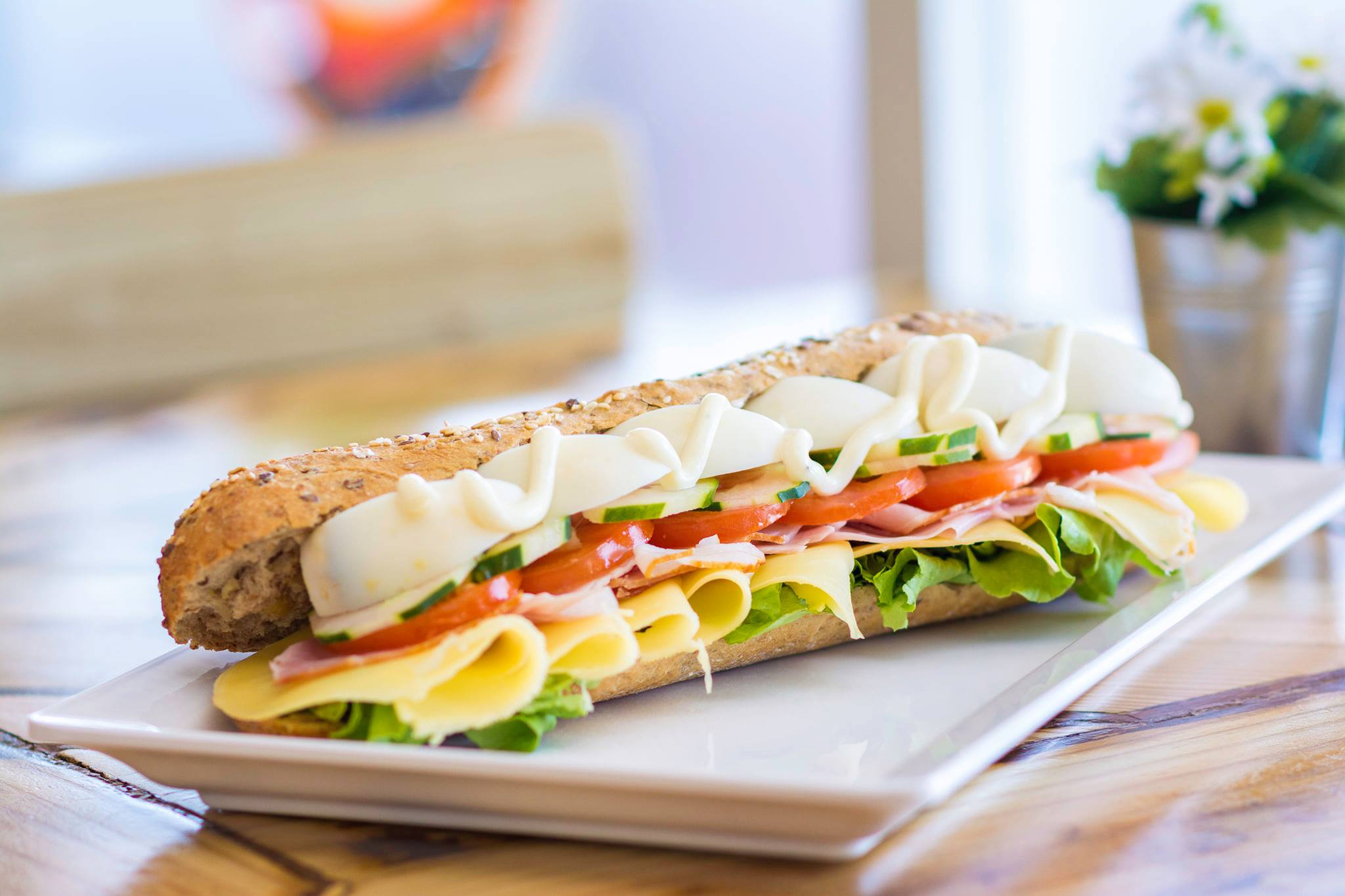
Here are the things on our list we weren’t able to get to:
Windsurfing and/or Kitesurfing
The Donkey Sanctuary
Kayaking Through the Mangroves
Cave Exploring
Klein Bonaire
Final Thoughts
Bonaire is a true Caribbean treasure, offering a perfect blend of adventure, relaxation, and natural beauty. The diving is world-famous, its two towns are super charming, and the people are welcoming.
We loved it and can’t wait to go back someday!
You can view a map of Kralendijk, Bonaire here.
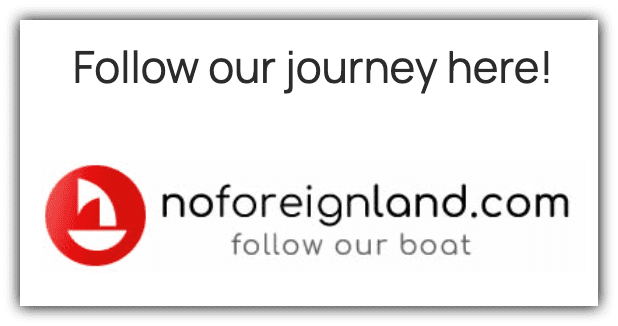

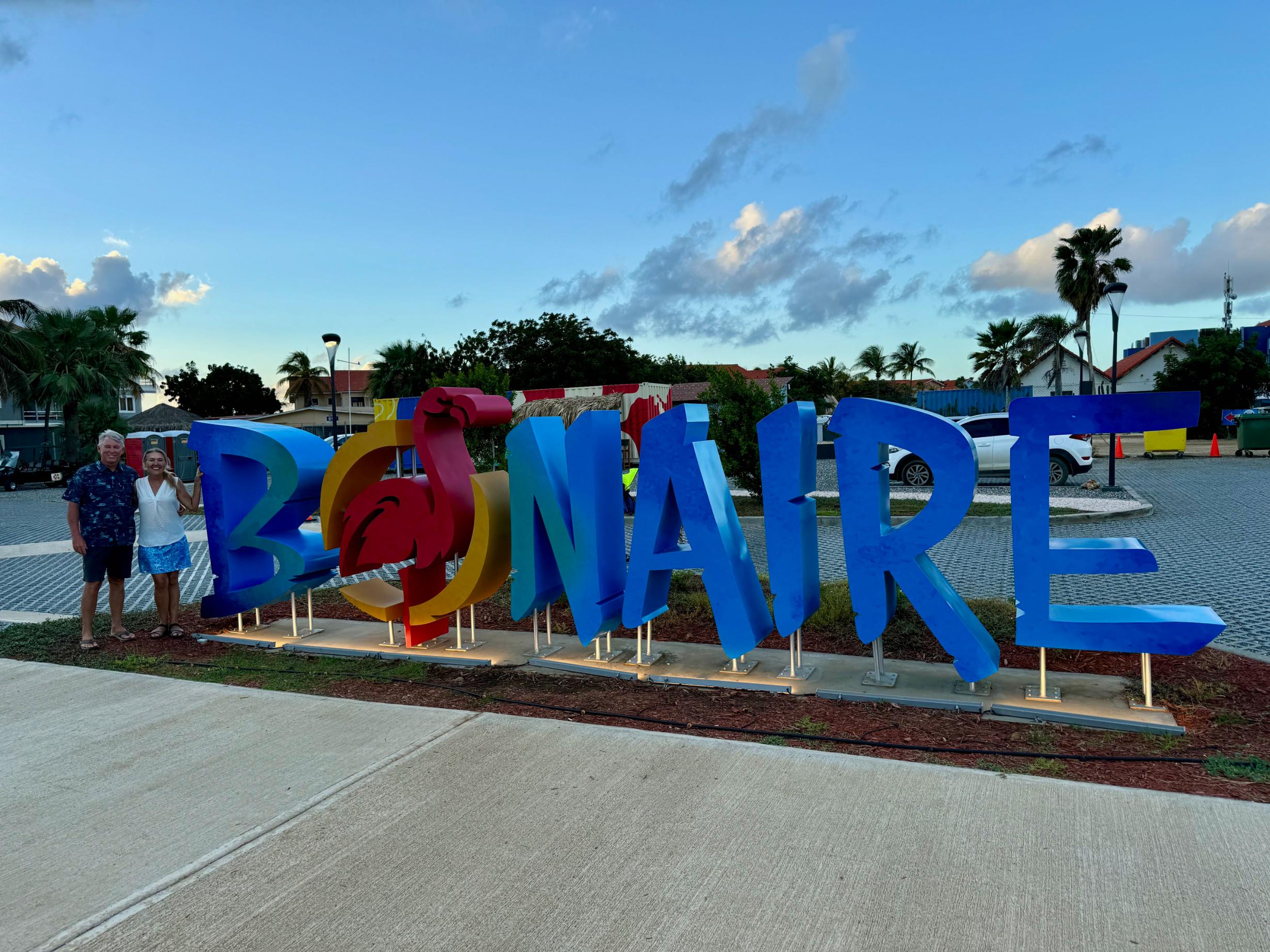
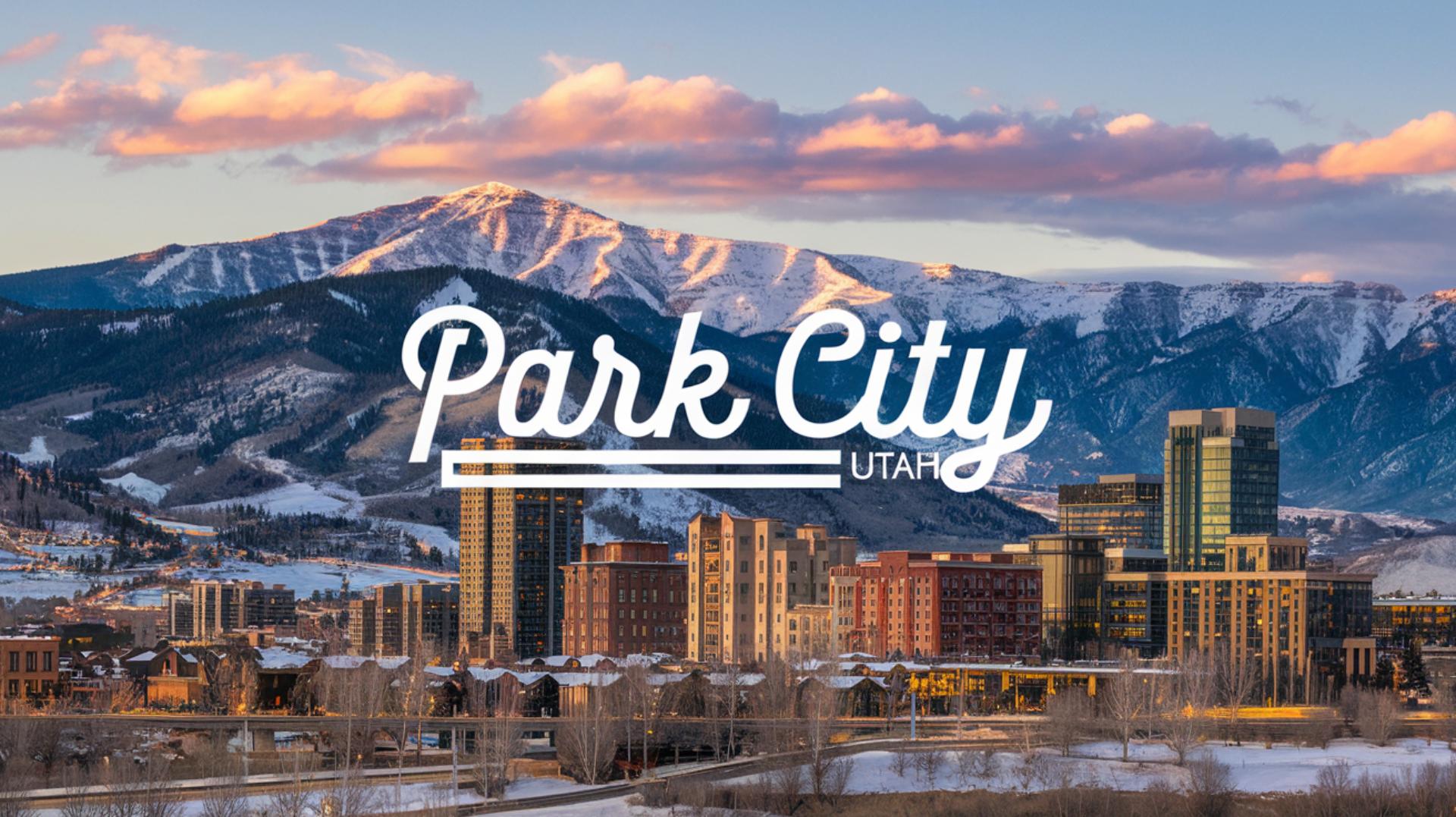
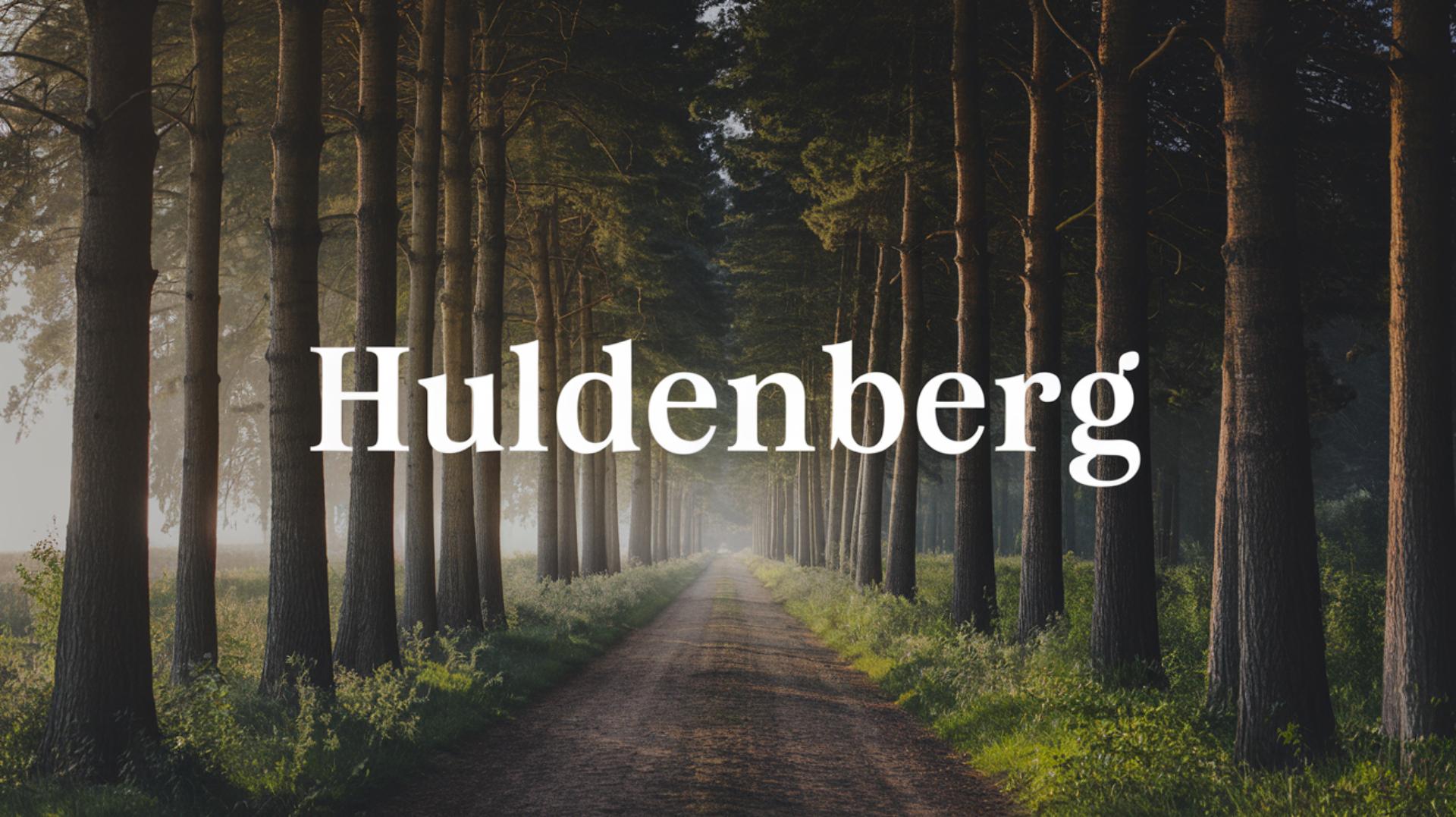
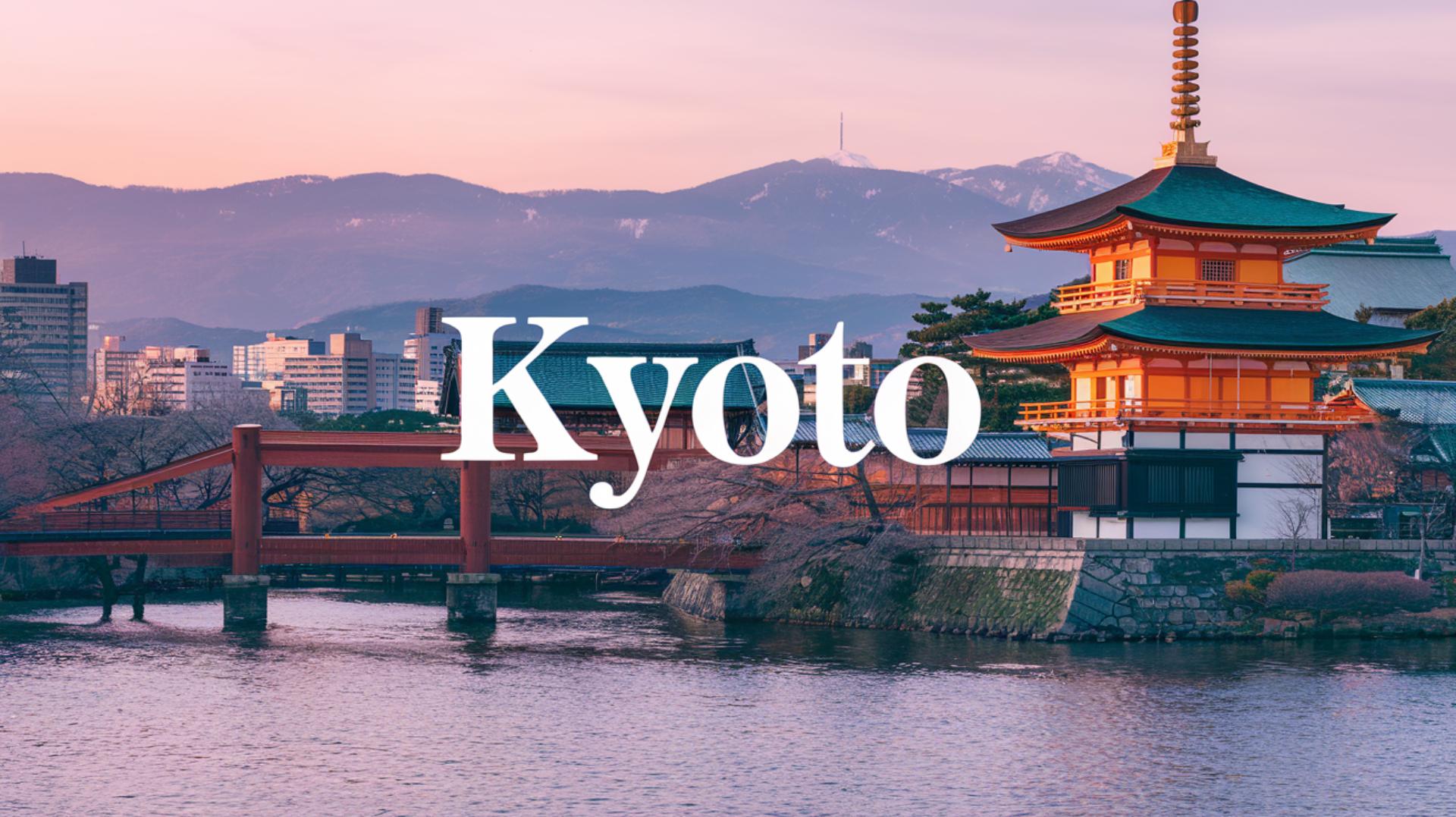
Leave a Reply